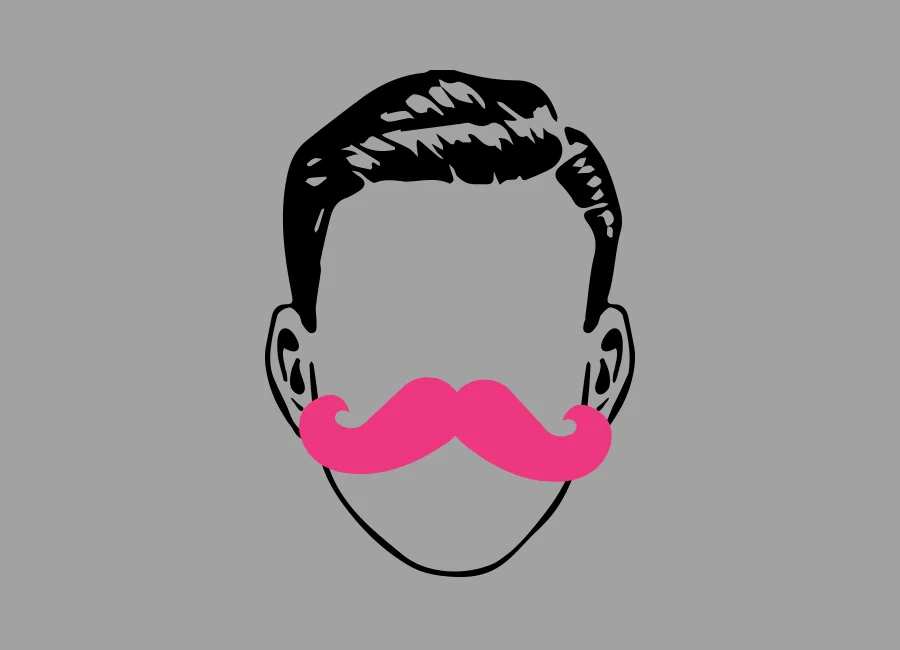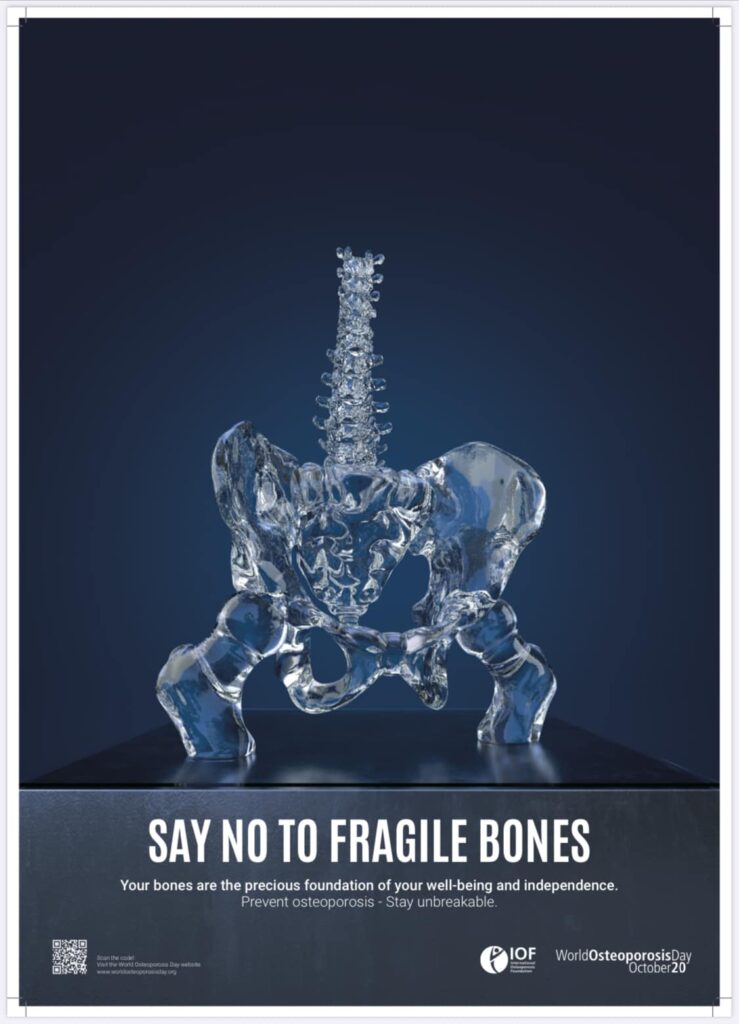![]() Endometriosis is a common disease where tissue similar to the lining of the womb grows outside it in other parts of the body. Nearly 1 million Australian girls, women, and those assigned female at birth* live with endometriosis at some point in their life, with the disease often starting in teenagers.
Endometriosis is a common disease where tissue similar to the lining of the womb grows outside it in other parts of the body. Nearly 1 million Australian girls, women, and those assigned female at birth* live with endometriosis at some point in their life, with the disease often starting in teenagers.
Symptoms are variable and this may contribute to the 6.5 year delay in diagnosis. Common symptoms include pelvic pain that puts life on hold around or during a person’s period. It can impact fertility for some but not for all.
Endometriosis most often affects the reproductive organs but it can also be found in and around the bowel and bladder. It has been found in every part of the body, including the skin, joints, lungs and brain.
Endometriosis Symptoms
Endometriosis symptoms are different for everyone. Below are some of the most common symptoms:
- Fatigue.
- Pain that stops you on or around your period.
- Pain on or around ovulation.
- Pain during or after sex.
- Pain with bowel movements.
- Pain when you urinate.
- Pain in your pelvic region, lower back or legs.
- Having trouble holding on when you have a full bladder or having to go frequently.
- Heavy bleeding or irregular bleeding.
Diagnosis often involves a combination of medical history, pelvic exams, imaging tests, and sometimes laparoscopic surgery.
Treatment options aim to manage symptoms and may include pain medication, hormone therapy, and surgery. While there’s no cure for endometriosis, many women find relief from symptoms with proper management.
If you are experiencing symptoms or require more information please discuss with your GP.
For more information on Endometriosis, please click on the following links:
https://www.epworth.org.au/our-services/endometriosis-centre




